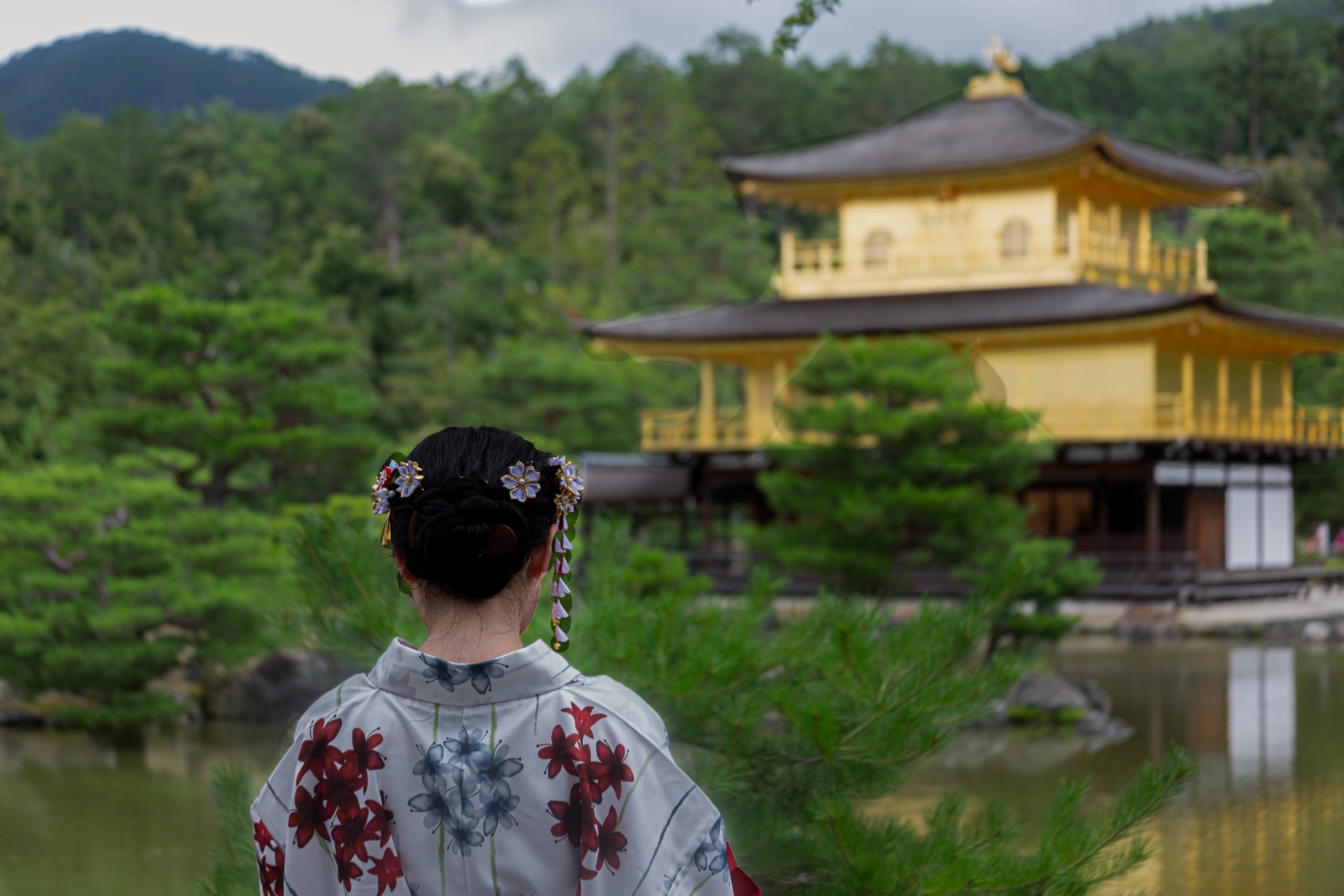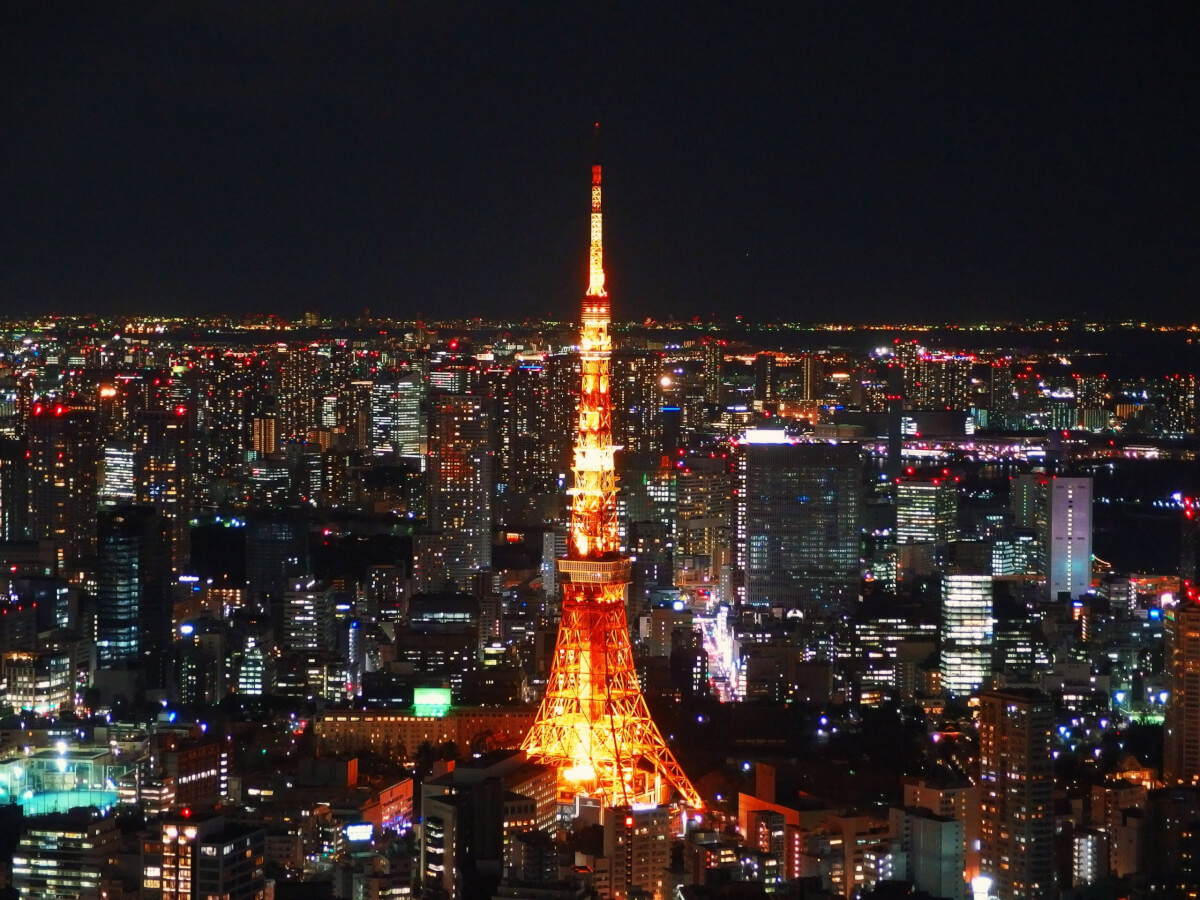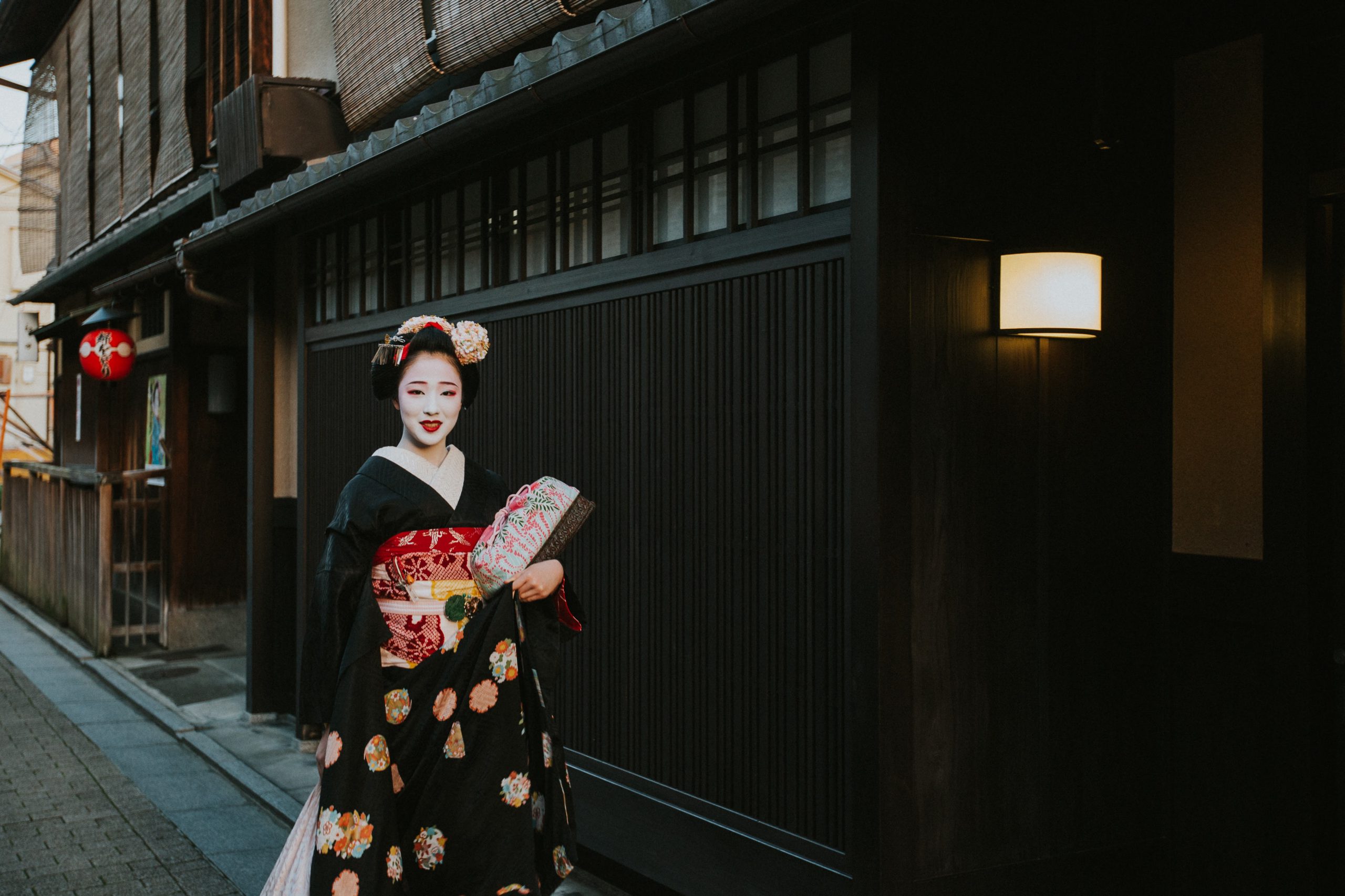Kyoto is known as a highly popular destinations for foreign tourists in Japan. It has a number of incomparable historical sites as an ancient capital of Japan. In addition, you can divide the city into 5 areas and enjoy each of them with respective uniqueness and tourist attractions depending on the location.
In this article, we will focus on the places to visit in northern Kyoto!
You will love North Kyoto if you like:
- Historical sites
- Quiet area (a little far from the heart of Kyoto)
- Nature and gardens
1. Kinkakuji Temple
Kinkakuji temple is a Zen Buddhist temple built in 1397 during the Muromachi era. It was used to be a private villa for Ashikaga Yoshimasa, the 3rd Shogun of the Muromachi Shogunate, and later turned into a temple after his death.
It is also known as “Rokuon-ji” and was officially designated as a UNESCO World Heritage Site as a part of Historic Monuments of Ancient Kyoto in 1994.


The main structure is a three-story building, with the two top stories covered with gold leaf, which makes the stunning appearance and represents the power and prosperity of the Muromachi Shogunate. It has a huge garden with a pond called “Kyoko-chi”, and you can take a relaxing stroll there while enjoying the another Kinkakuji reflected on the surface of the water!
In winter, when the temple is covered with snow, it is breathtakingly beautiful.
2. Ginkakuji Temple
Ginkakuji Temple (also known as “Jisho-ji”) is another Zen temple built by Ashikaga Yoshimasa, the 8th shogun of the Muromachi Shogunate in 1490.
“Gin” means “Silver” in Japanese, so some might expect it being covered with silver just like Kinkakuji with gold leaf, but it is totally not true!
It was given the name in contrast with Kinkakuji later in Edo period, therefore, it has practically nothing to do with silver at all.

It has a Japanese traditional structure called “Shoin Style”, and a typical garden in Higashiyama culture which was promoted in the middle of Muromachi era, whereas Kinkakuji temple represents Kitayama Culture in the early period of Muromachi era. It is also designated as a UNESCO World Heritage Site along with Kinkakuji. Some of you may think like it looks less impressive compared to Kinkakuji because of the color, but it is still enjoyable to compare them and understand the differences of culture and its beauty!
3. Ninnaji Temple
Ninnaji Temple is the head temple of Omuro school of the Shingon Sect of Buddhism. It has several cultural properties designated as national treasures, and is also on the UNESCO list of World Heritage Site. It was originally established in 888 in accordance with an order by Japanese emperor, and therefore has a strong relation with the imperial family.

It easily gets crowded with tourists in Spring as it is known as an amazing cherry blossom viewing spot. There are roughly about 200 cherry blossom trees along the street leading to the main building. They have two distinctive characteristics: one is the height of the trees which is relatively low and easy to take pictures of, and the other is the fact that they are late blooming cherry blossoms, which makes it possible for visitors to enjoy them even in the middle of April when most of the other cherry blossoms are gone!
4. Ryoanji Temple
Ryoanji Temple is also a Zen temple which has the most famous rock garden called “Karesansui” (also referred as “Zen garden”) in Kyoto, and attracts a lot of tourists throughout a year. It is close to Ninnnaji Temple (10-min walk), and also accessible by bus from Kyoto station. Rock garden usually consists of simple elements including rocks, moss, sand (gravels),and some plants.
Everything needs to be carefully placed in harmony with the surroundings and nature, and what makes it special is the wave design made by white sand. More surprisingly, it is said that you can never see all 15 rocks altogether from any direction, even though they seem to be placed randomly!
The garden itself is quite simple, but noticeably sophisticated and authentic even if you are not familiar with Japanese culture. Not only the rock garden, but also the temple itself and other parts of garden is also worth visiting!

5. Kyoto Botanical Gardens
If you want to have a relaxing experience surrounded by nature and plants, we highly recommend Kyoto Botanical Gardens. It is a public botanical garden founded in 1924, and has been loved by both local people and tourists.
It is located right in front of Kitayama station, and you can get a direct subway train from Kyoto station to get there. It has more than 12,000 species of different kinds of plants, and visitors can admire them throughout year depending on each season. The admission is quite affordable, 200 JPY for adults!
It offers you a calm and peaceful time away from other busy attractions.
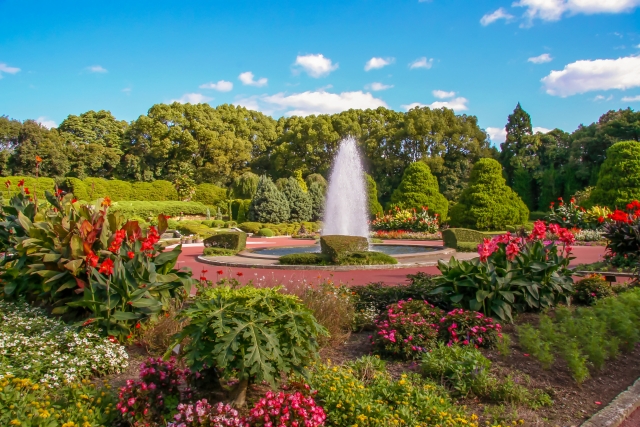
6. Kurama Temple and Kifune Shrine
If you don’t hesitate to take a long train journey, Kurama and Kibune is a great spot to enjoy trekking on the sacred mountain while explore the nature and several spiritual sites.
There is a famous trekking course between Kurama Temple and Kifune Shrine which takes about an hour and a half. The trekking course is not so steep, so it is suitable for beginners and you don’t need any special equipment, but please make sure not to wear high heels!
From Kyoto station, you need to take the JR Nara Line and change the lines twice to finally get to Kurama station. It is about an hour train ride.
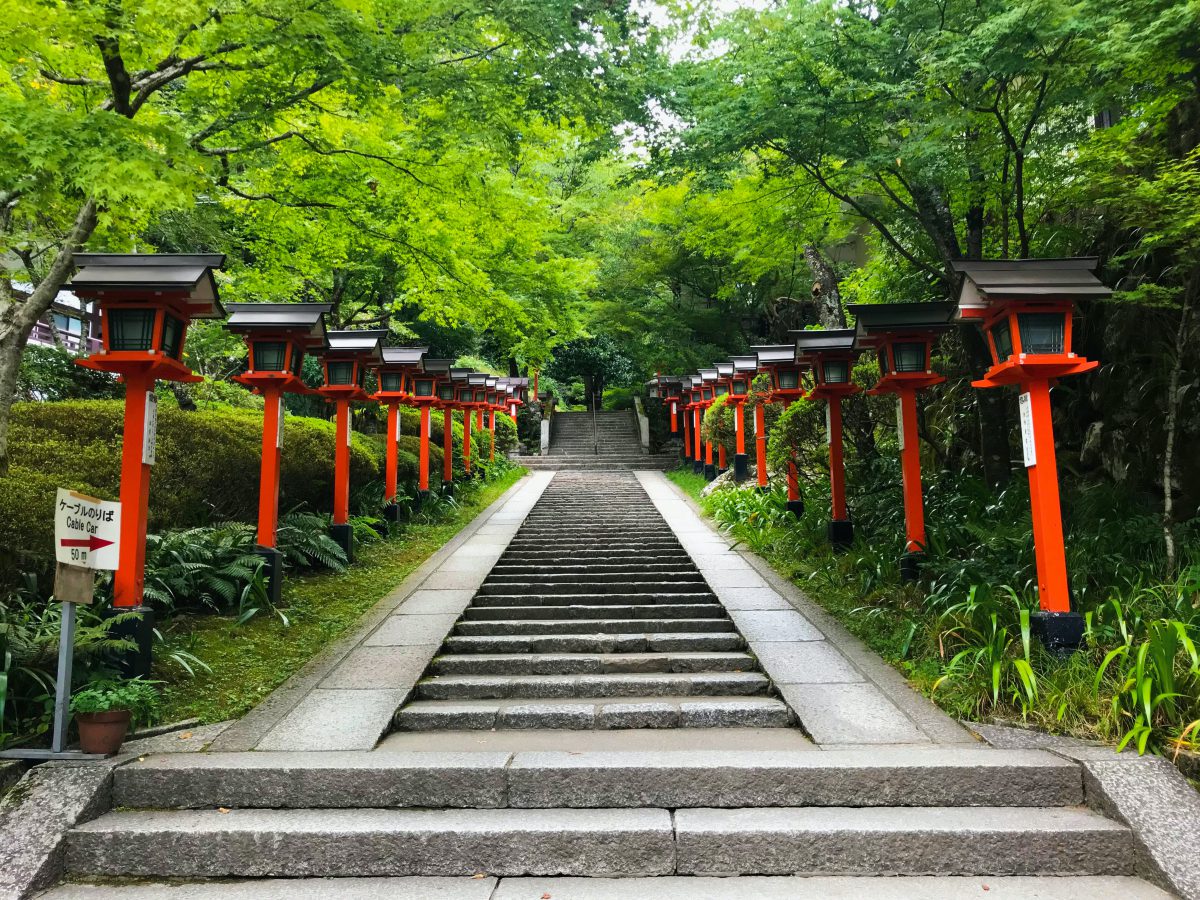
Japan Wonder Travel Tours
If you need some help to organize your trip to Kyoto, you should definitely check out our private tour with English guide. We’re glad to help you make your trip to Kyoto a safe, comfortable, and unforgettable memory!
- Small Group Kyoto Highlight Walking Tour (West)
- Total Kyoto Experience – 10 Hours Private Walking Tour
- Kurama and Kibune Private Trekking Tour in the Sacred Forest
- Virtual Kyoto Highlight Tour
Where to stay in Kyoto?
- Hyatt Regency Kyoto
– A stylish hotel with friendly and welcoming staffs, easy to get around the popular sightseeing spots - Yuzuya Ryokan
– 5 star Japanese traditional style hotel which allows you to enjoy full course Japanese dinner Kaiseki and relaxing Yuzu bath to give you authentic Japanese Ryokan experience - Nazuna Kyoto Nijo-jo
– Located in the central part of Kyoto, offering rooms with private open air bath and the tea ceremony to welcome you!
Conclusion

We took a look at some of the tourist attractions mainly focusing on UNESCO World Heritage Sites, but there is definitely much more to do and enjoy in Northern Kyoto! We recommend you to try to find out more about the area through the Internet and choose carefully where to visit before you come to Japan.
Northern Kyoto is known as an area with beautiful nature with quiet suburb atmosphere, so it would be also good if you rent a bicycle and cycling around the area!
In addition, we will share other articles elaborating on other areas in Kyoto, so don’t forget to check our updates regularly!
Follow us on Instagram or Facebook for more travel inspiration. Or tag us to get featured!
Happy traveling!
This post contains some affiliate links. When you click through and make a purchase we may receive some commission, at no extra costs to you.
